I have a data structure that consists of a collection, called "Polls." "Polls" has several documents that have randomly generated ID's. Within those documents, there is an additional collection set called "answers." Users vote on these polls, with the votes all written to the "answers" subcollection. I use the .runTransaction() method on the "answers" node, with the idea that this subscollection (for any given poll) is constantly being updated and written to by users.
I have been reading about social media structure for Firestore. However, I recently came across a new feature for Firestore, the "array_contains" query option.
While the post references above discusses a "following" feed for social media structure, I had a different idea in mind. I envision users writing (voting) to my main poll node, therefore creating another "following" node and also having users write to this node to update poll vote counts (using a cloud function) seems horribly inefficient since I would have to constantly be copying from the main node, where votes are being counted.
Would the "array_contains" query be another practical option for social media structure scalability? My thought is:
- If user A follows user B, write to a direct array child in my "Users" node called "followers."
- Before any poll is created by user B, user's B's device reads "followers" array from Firestore to gain a list of all users following and populates them in the client side, in an Array object
- Then, when user B writes a new poll, add that "followers" array to the poll, so each new poll from user B will have an array attached to it that contains all ID's of the users following.
What are the limitations on the "array_contains" query? Is it practical to have an array stored in Firebase that contains thousands of users / followers?

